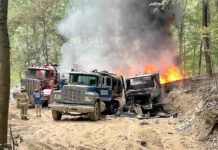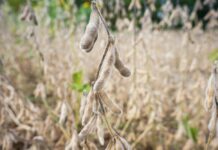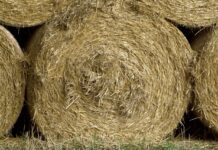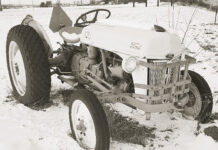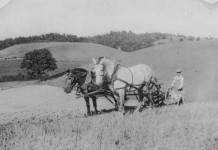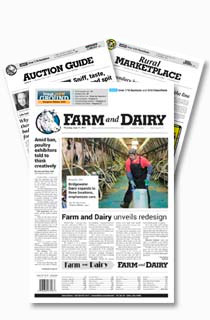As we progress through the growing season, producers often compare the current year to those from the past. You may be comparing 2025 to another year from memory, but we all hope that it doesn’t become a repeat of 2024.
While each year presents its own unique situations, our response is often guided by our past experiences. All too often these responses are more reactionary and not pre-planned.
A written grazing/forage management plan allows you match animal nutritional needs to estimated forage supply while factoring in goals for the management of your resources.
Many may scoff at the idea of writing a formal plan. You may have done things the same way, every year, for your entire life. Your grandfather may have created a paddock grazing order that you have stuck to because it is practical and works.
While your past experiences are extremely valuable, a written plan helps you focus on your goals and plan contingencies for when things don’t go as planned.
Plan components
Your plan begins by outlining your goals/objectives. You may be interested in improving your forage quality or soil health parameters. You may want to increase stocking rates or transition to a grass-finished product. Don’t get too fancy. Write something that has meaning to you and your operation.
Take stock
Second, take stock of your resources. It is a good idea to start with a map of your property where you label all your pastures and hay fields, the location of fences and gates, where are your water resources, where barns and shade structures are located and a highlight of sensitive areas. Be detailed.
Estimate
The next piece may be the hardest. For each of your paddocks and hay fields, you need to estimate your monthly, or weekly, dry matter production.
Most managers that are just getting started have no way of knowing what this could be. You will need to start collecting that information so that it can be used to modify your plan in the future.
There are several tools to help you estimate forage production. The easiest to keep is a count of hay bales harvested from each field and converting that to pounds of forage produced. For grazers, you can start off by taking frequent forage measurements with a grazing stick. You decide you want to be more precise and start taking forage clippings and estimate dry matter.
Once you have an estimate of monthly forage availability, you can detail what your stocking rates should be, how frequently you want to rotate your animals, when those rotation should take place and how much rest each paddock should receive.
When estimating forage utilization, I generally recommend to producers that they budget for an animal to eat 4% of their body weight each day.
On average, an animal will eat 2.5 to 3% of their body weight each day, and we allow them to trample 1% that can’t be consumed. So, a 1000-pound cow will need about 40 pounds of dry matter each day.
Once you have gotten to this point, you can now take time to evaluate your plan against different situations that can arise. What would you do if it is a cold, wet spring and initial forage growth is slowed. What do you do if it is a warm, wet spring and forage growth is accelerated? What happens if you reach drought conditions in late August?
You can pre-plan to speed up or slow down your grazing rotation. You can identify a few weeks out of the year that you may need to supplement hay during the summer to allow your grass more time to rest.
Review
Once you are happy with what you have put on paper, get a third party to review your plan. This could be your favorite extension educator, someone from soil and water or a NRCS grazing specialist. Have a schedule to reevaluate your plan and make adjustments as you learn more about your system or when you encounter a new challenge.
Implementation
Finally, you need to implement the plan. Keep track of when you move pastures. What was the estimated forage available when you turned in and what was it when you rotated out? You can get as detailed as you want.
You won’t be able to plan for every possible alternative, and there will be years that there is nothing you could have done different. Having a written plan will allow you to become a better manager of your resources by reviewing your year-end results and comparing this to previous years.
Those same people that you use to help evaluate your plan can also help you get started writing one. Don’t be scared to reach out.


